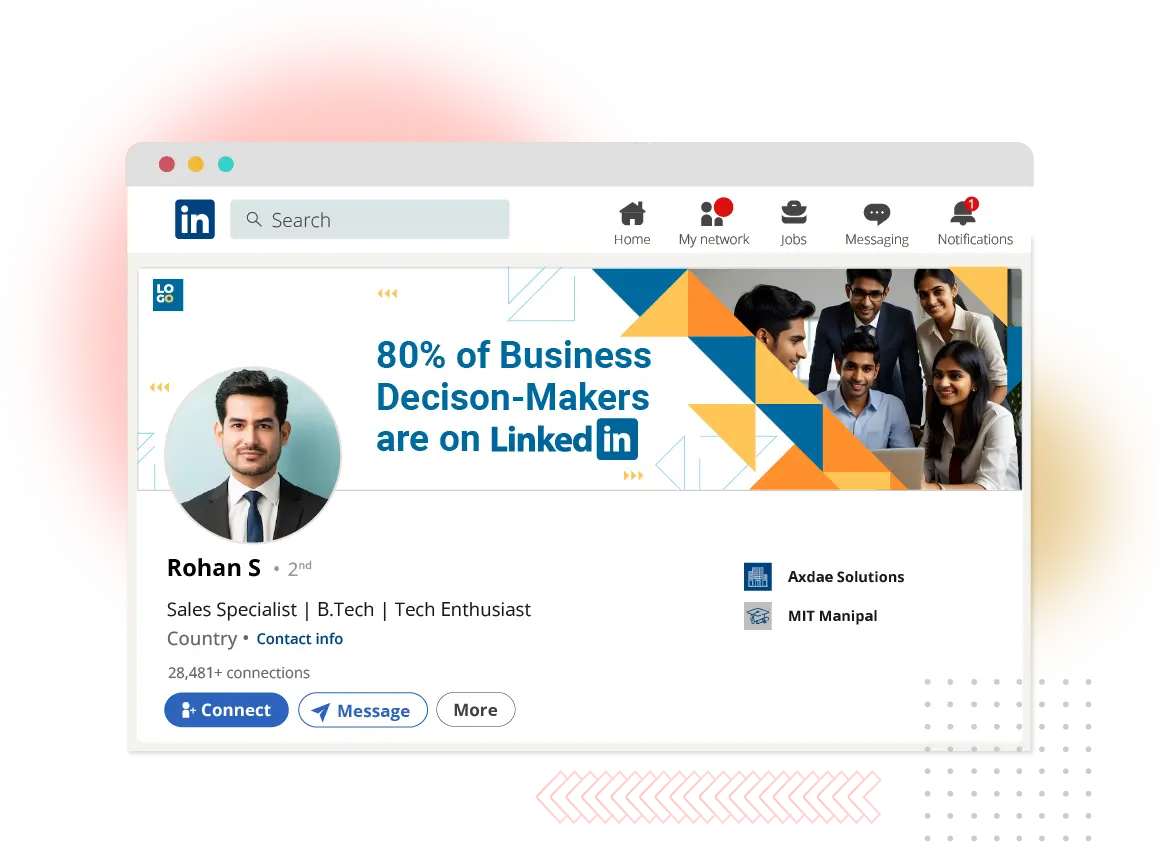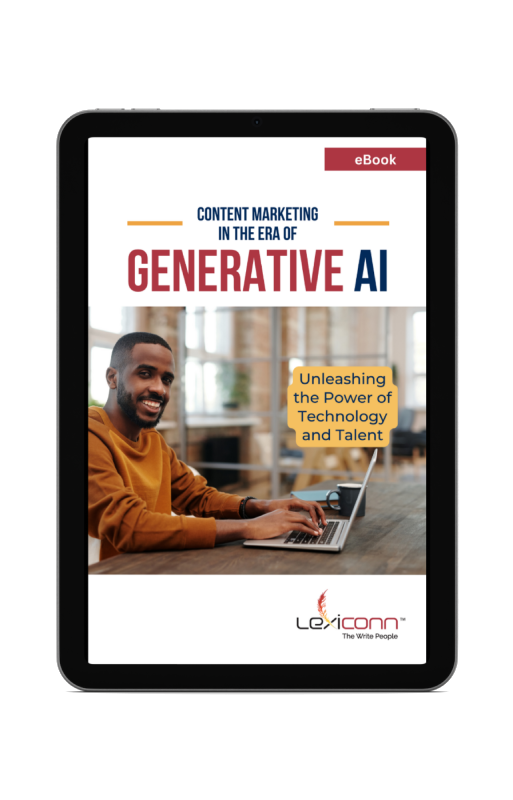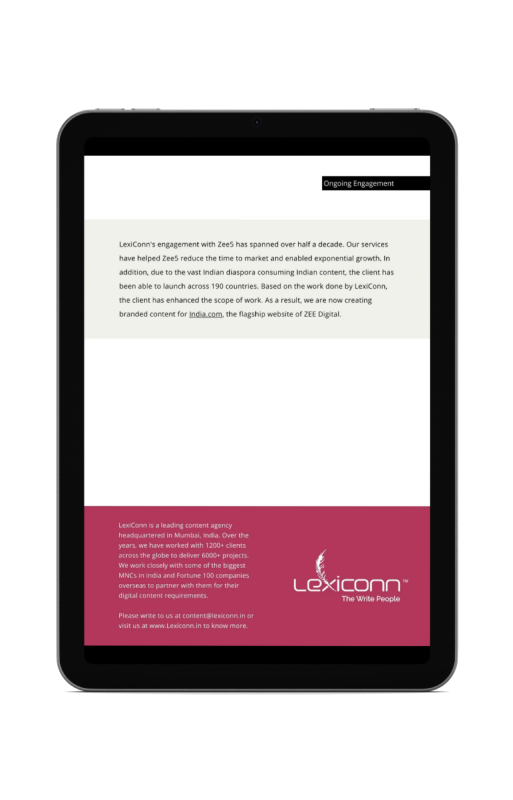LinkedIn has transformed the way businesses connect, engage, and grow. For business leaders, it’s more than just a networking platform—it’s a strategic tool for social selling, lead generation, and building authority in their industry. By leveraging LinkedIn effectively, you can attract high-value B2B leads, nurture relationships, and drive sales in a professional ecosystem designed for business growth.
This blog will walk you through actionable strategies for mastering LinkedIn sales in three parts. In this first section, we’ll focus on understanding the fundamentals of social selling on LinkedIn and optimizing your presence to attract the right audience.
Understanding Social Selling on LinkedIn
What is Social Selling?
Social selling is the art of using social media platforms like LinkedIn to identify, connect with, and nurture potential leads. Unlike traditional cold outreach, social selling focuses on building trust and relationships through meaningful engagement and value-driven interactions.
On LinkedIn, social selling is particularly effective because:
- It connects you directly with decision-makers and professionals.
- It allows you to showcase expertise through content sharing.
- It fosters trust by enabling authentic conversations with prospects.
For business leaders, this approach not only drives lead generation but also positions you as a thought leader in your industry.
Why LinkedIn is the Go-To Platform for Social Selling
LinkedIn stands out as the ideal platform for B2B leads due to its professional focus and robust tools tailored for sales. Here’s why:
- Access to Decision-Makers: Over 50% of LinkedIn users influence or make purchasing decisions within their organizations.
- Data-Rich Profiles: LinkedIn provides detailed insights into users’ job roles, industries, skills, and interests—essential for targeted outreach.
- Sales Tools: Features like Sales Navigator allow advanced filtering and tracking of potential leads.
- Engaged Audience: Professionals on LinkedIn are actively seeking solutions to their challenges, making them more receptive to your offerings.
By understanding these advantages, you can craft a strategy that aligns with your business goals while leveraging the platform’s unique capabilities.
Step 1: Optimize Your LinkedIn Profile for Lead Generation
Before diving into outreach or content creation, ensure your profile is optimized to attract and convert leads. Think of your profile as your digital storefront—it should immediately communicate who you are, what you do, and how you can help.
Key Elements of an Optimized Profile
- Professional Headshot: Use a high-quality photo that reflects confidence and approachability. Avoid casual or overly formal images—strike a balance that resonates with your industry’s tone.
- Compelling Headline: Your headline is one of the first things people notice. Go beyond just listing your job title; highlight how you add value (e.g., “Helping B2B Leaders Generate High-Value Leads Through Data-Driven Marketing”).
- Engaging About Section: Craft a narrative that tells your story while addressing your audience’s pain points. Use this section to explain:
- Who you are
- What problems you solve
- How your expertise benefits others
- Showcase Achievements: Use the Featured section to display case studies, testimonials, or links to articles you’ve written. This builds credibility and demonstrates results-driven expertise.
- Call-to-Action (CTA): Include a clear CTA at the end of your profile summary (e.g., “Let’s connect to explore how I can help your business grow!”).
Step 2: Build a Targeted Network
Social selling thrives on meaningful connections. To generate high-value leads, focus on building a network that aligns with your target audience.
How to Build Your Network Strategically
- Define Your Ideal Customer Profile (ICP): Identify the industries, job titles, company sizes, and locations that align with your offerings.
- Personalized Connection Requests: Avoid generic messages like “I’d like to add you to my professional network.” Instead, personalize your requests by referencing mutual connections or shared interests (e.g., “Hi [Name], I noticed we both follow [Industry Leader]—I’d love to connect and exchange ideas!”).
- Use Sales Navigator: This premium tool allows advanced filtering based on criteria like seniority level or company size—perfect for identifying decision-makers in your niche.
- Engage Before Connecting: Interact with prospects’ posts by liking or commenting before sending a connection request. This warms up the relationship and increases acceptance rates.
Step 3: Share Valuable Content Consistently
Content is the backbone of social selling—it helps you establish authority while nurturing relationships with prospects over time.
Types of Content That Drive Engagement
- Educational Posts: Share actionable tips or industry insights that address common challenges faced by your audience.
- Success Stories: Highlight case studies or client testimonials showcasing how you’ve delivered results.
- Interactive Content: Use polls or Q&A posts to spark conversations within your network.
- Multimedia Formats: Experiment with videos, infographics, or carousels to make your content visually appealing and engaging.
Best Practices for Content Sharing
- Post consistently—aim for two to three times per week.
- Use relevant hashtags (e.g., #SocialSelling #B2BLeads) to increase visibility.
- Tag individuals or companies when appropriate to encourage engagement.
- End each post with a CTA that invites interaction (e.g., “What strategies have worked for you? Share in the comments!”).
Advanced Strategies for LinkedIn Sales
To take your social selling efforts to the next level, you need to go beyond the basics. The following advanced strategies will help you stand out in a competitive marketplace and generate consistent results.
1. Leverage LinkedIn Groups for Targeted Engagement
LinkedIn Groups are a treasure trove for connecting with like-minded professionals and engaging with your target audience. These communities allow you to interact with prospects in a more focused setting.
How to Use LinkedIn Groups Effectively
- Join Relevant Groups: Identify groups where your ideal customers are active. Look for groups related to your industry or niche challenges.
- Participate Actively: Share insights, answer questions, and contribute to discussions without overtly promoting your services. This builds credibility and trust.
- Identify Pain Points: Pay attention to recurring challenges or questions raised by group members. Use this information to tailor your outreach or content strategy.
- Post Valuable Content: Share articles, case studies, or tips that address the group’s interests or concerns.
By becoming an active contributor in LinkedIn Groups, you position yourself as a thought leader while organically attracting potential leads.
2. Host Webinars and Live Events
Webinars and live events are powerful tools for showcasing your expertise and engaging directly with your audience. LinkedIn’s event features make it easy to promote and host such sessions.
Steps to Organize Successful Webinars
- Choose a Relevant Topic: Focus on subjects that address your target audience’s pain points or aspirations (e.g., “How to Get B2B Leads from LinkedIn”).
- Promote the Event: Use LinkedIn posts, InMails, and Sponsored Content ads to spread the word about your webinar.
- Engage During the Event: Encourage attendees to ask questions or share their thoughts in real time. This fosters interaction and builds rapport.
- Follow Up Post-Event: Send personalized messages or emails thanking attendees and offering additional resources (e.g., a whitepaper or consultation).
Webinars not only generate leads but also create opportunities for meaningful conversations that can lead to conversions.
3. Personalize Your Outreach at Scale
While automation can streamline repetitive tasks, personalization remains critical for successful social selling on LinkedIn.
Best Practices for Personalized Outreach
- Research Before Reaching Out: Review the prospect’s profile, recent posts, or shared connections before crafting your message.
- Tailor Your Message: Reference specific details about their role, company, or challenges they’ve mentioned online.
- Focus on Value: Highlight how your expertise or solutions can address their unique needs rather than pushing a hard sell.
For example:
"Hi [Name], I noticed your recent post about [Topic]—great insights! I’ve worked with similar companies facing [Challenge] and helped them achieve [Result]. Let’s connect!"
Personalized outreach builds trust and increases response rates significantly.
4. Utilize LinkedIn Sales Navigator
LinkedIn Sales Navigator is an indispensable tool for advanced prospecting and relationship management. It offers features that simplify finding and engaging with high-value leads.
Key Features of Sales Navigator
- Advanced Lead Filters: Narrow down prospects based on criteria like job title, industry, company size, location, etc.
- Lead Recommendations: Get suggestions for leads that match your Ideal Customer Profile (ICP).
- Real-Time Updates: Stay informed about changes in prospects’ profiles (e.g., promotions or new roles) that might signal an opportunity for outreach.
- Saved Searches: Automate lead discovery by saving searches based on specific criteria.
By leveraging Sales Navigator effectively, you can identify warm leads faster and focus your efforts where they’re most likely to yield results.
5. Engage Actively with Your Network
Engagement is the cornerstone of successful social selling on LinkedIn. By interacting meaningfully with your connections’ content, you stay top-of-mind while building stronger relationships.
Ways to Engage Effectively
- Comment Thoughtfully: Add value to posts by sharing unique insights or asking follow-up questions.
- Celebrate Achievements: Congratulate connections on promotions, milestones, or other accomplishments.
- Share Relevant Resources: Tag connections in posts that might interest them or send helpful articles directly via LinkedIn messaging.
Active engagement not only strengthens relationships but also increases the visibility of your profile within your network.
6. Automate Strategically Without Losing Personalization
Automation tools can save time on repetitive tasks like connection requests or follow-ups—but they should be used carefully to maintain authenticity.
Recommended Automation Tools
- Expandi/Dux-Soup: Automate connection requests while ensuring messages remain personalized.
- Hootsuite/Buffer: Schedule content in advance to maintain consistency in posting.
- CRM Integration: Sync LinkedIn Lead Gen Forms with your CRM system for seamless lead tracking.
Automation should complement—not replace—genuine interactions. Always prioritize quality over quantity when engaging with prospects.
Refining Your Social Selling Strategy
Social selling is not a one-size-fits-all approach. As you gather data and insights from your efforts, it’s important to make adjustments that align with your goals and audience preferences.
Tips for Refinement
- Experiment with Content Formats
- If text posts aren’t driving engagement, try videos or carousels.
- Use polls or surveys to directly ask your audience what type of content they prefer.
- Adjust Outreach Messaging
- Analyze which messages get the highest response rates.
- Test different approaches (e.g., shorter vs. longer messages) to see what resonates most with prospects.
- Revisit Your Target Audience
- Use LinkedIn Sales Navigator to refine filters based on new insights about your ideal customer profile (ICP).
- Focus on industries or roles where you’ve seen the most success in generating B2B leads.
- Engage More Actively
- Increase the frequency of commenting on posts from prospects or industry leaders.
- Share curated content from reputable sources alongside your original posts.
- Leverage Feedback
- Ask for feedback from connections or clients about how they perceive your LinkedIn presence.
- Use this input to improve your profile, content strategy, or messaging style.
Continuous refinement ensures that you stay ahead of the competition while delivering maximum value to your audience.
Conclusion: The Path to Social Selling Success
Mastering social selling on LinkedIn requires a combination of strategy, consistency, and adaptability. By following the steps outlined in this blog—from optimizing your profile to leveraging advanced tools like Sales Navigator—you can position yourself as a trusted authority while driving meaningful lead generation results.
Are you ready to elevate your LinkedIn presence and drive high-value leads? At LexiConn, we specialize in crafting tailored social media branding strategies for business leaders like you. Visit us at www.lexiconn.in or drop us an email at [email protected] today!
LexiConn also offers a FREE 30-minute content consultation session to help you refine your strategy and achieve measurable results through social selling on LinkedIn. Don’t miss out—schedule your session now!
Boost your Content Strategy.
Download the Free eBook now.
Unlock Generative AI's potential for content marketing success. Unearth its impact on teams and businesses. Witness real-life examples and case studies, showcasing AI-driven content ingenuity.





